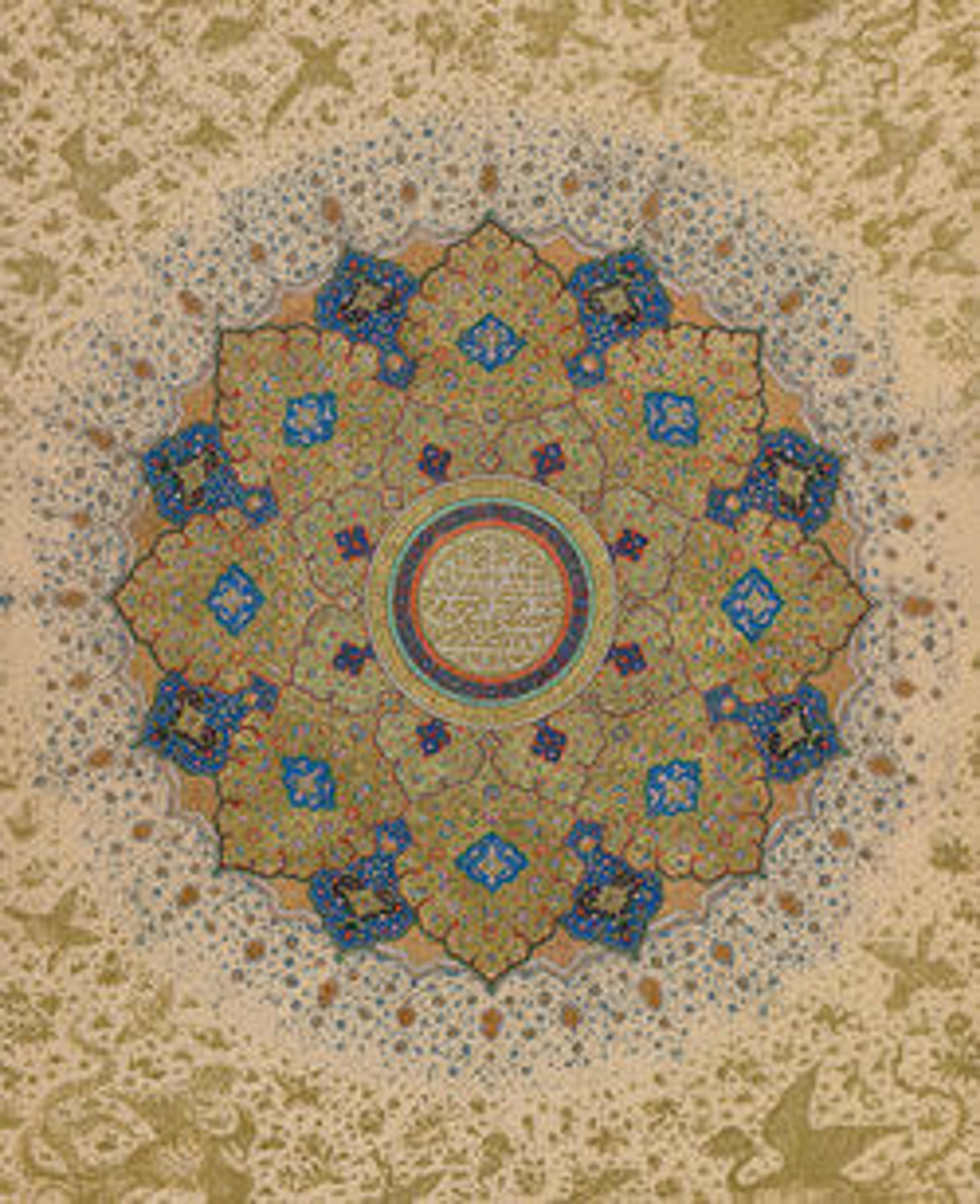Ewer with Birds and Animals
This ewer decorated with quadrupeds and birds in roundels, probably made in Nishapur, is one of the best examples of glass vessels with wheel-cut designs. The two roundels on either side of the handle show long-tailed birds, and the third bears a crouching lion. While this was the only glass vessel found at Nishapur with a pattern of roundels around its body, the decoration type is known from other examples of Sasanian and Islamic metalwork, textiles, ceramics, and glass. Broken when excavated, it has been reassembled from approximately twenty pieces and its surface retains slight traces of iridescence.
Artwork Details
- Title:Ewer with Birds and Animals
- Date:10th century
- Geography:Attributed to probably Iran. Excavated in Iran, Nishapur
- Medium:Glass, colorless; blown, folded foot, applied handle, cut
- Dimensions:H. 5 3/4 in. (14.5 cm), max. diam. 4 in. (10.2 cm),
Diam. (at rim): 3 5/8 in. (9.1 cm)
Diam. (belly): 4 in. (10.2 cm)
Diam. (base): 2 15/16 in. (7.5 cm) - Classification:Glass
- Credit Line:Rogers Fund, 1939
- Object Number:39.40.101
- Curatorial Department: Islamic Art
More Artwork
Research Resources
The Met provides unparalleled resources for research and welcomes an international community of students and scholars. The Met's Open Access API is where creators and researchers can connect to the The Met collection. Open Access data and public domain images are available for unrestricted commercial and noncommercial use without permission or fee.
To request images under copyright and other restrictions, please use this Image Request form.
Feedback
We continue to research and examine historical and cultural context for objects in The Met collection. If you have comments or questions about this object record, please contact us using the form below. The Museum looks forward to receiving your comments.
